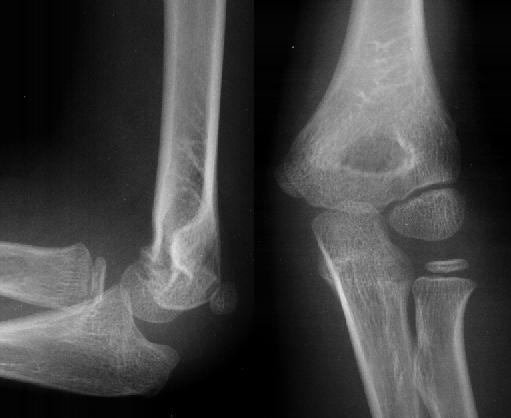| Accuracy | |
| Valid for practice | |
| True to literature | |
| Overall quality |
Please peer-review this blog post by clicking on the stars above.
Canadian C-spine Rules (CCR)
References
- Hoffman JR, Wolfson AB, Todd K, Mower WR. Selective cervical spine radiography in blunt trauma: methodology of the National Emergency X-Radiography Utilization Study (NEXUS). Ann Emerg Med. 1998 Oct;32(4):461-9. PubMed PMID: 9774931.
- Hoffman JR, Mower WR, Wolfson AB, Todd KH, Zucker MI. Validity of a set of clinical criteria to rule out injury to the cervical spine in patients with blunt trauma. National Emergency X-Radiography Utilization Study Group. N Engl J Med. 2000 Jul 13;343(2):94-9. Erratum in: N Engl J Med 2001 Feb 8;344(6):464. PubMed PMID: 10891516.
- Stiell IG, Clement CM, McKnight RD, Brison R, Schull MJ, Rowe BH, Worthington JR, Eisenhauer MA, Cass D, Greenberg G, MacPhail I, Dreyer J, Lee JS, Bandiera G, Reardon M, Holroyd B, Lesiuk H, Wells GA. The Canadian C-spine rule versus the NEXUS low-risk criteria in patients with trauma. N Engl J Med. 2003 Dec 25;349(26):2510-8. PubMed PMID: 14695411.
If you are interested, you can view the results of the Peer Review Demographics data.
































